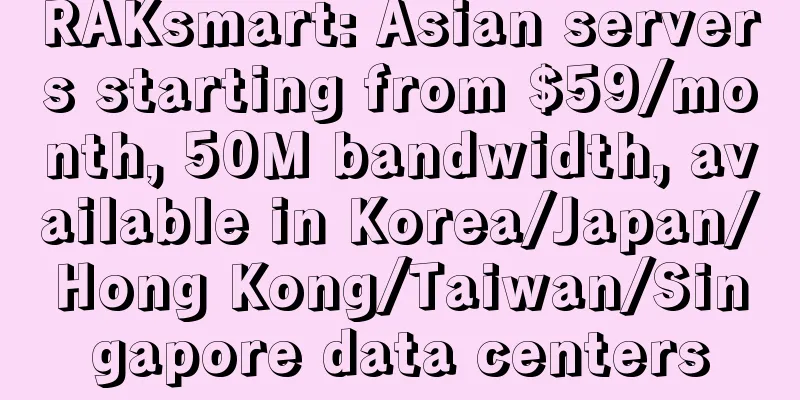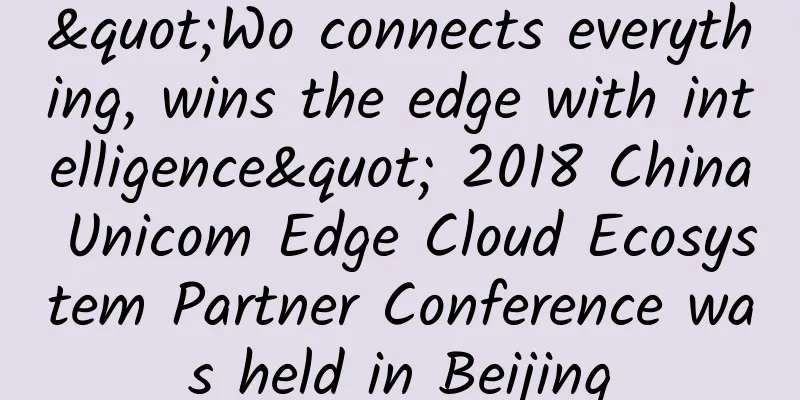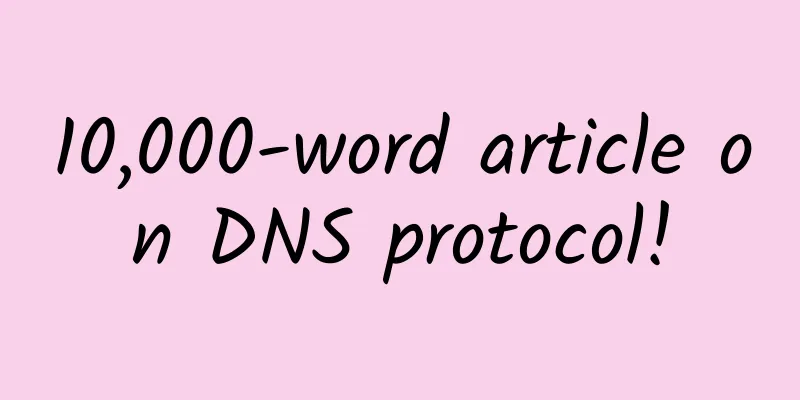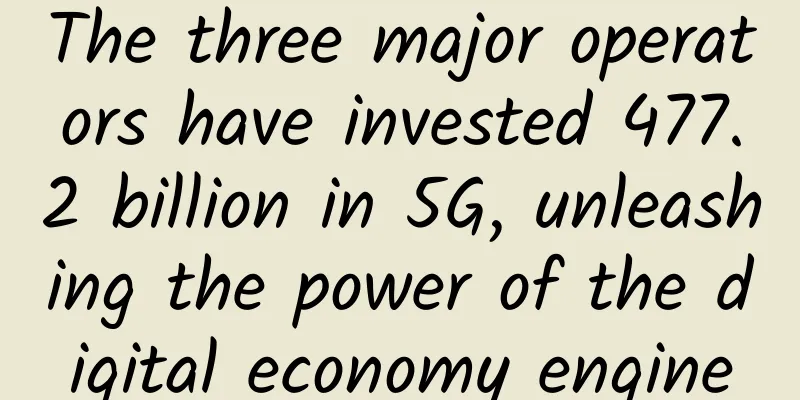Huawei's cloud computing efforts drive urban cloud computing industry upgrades
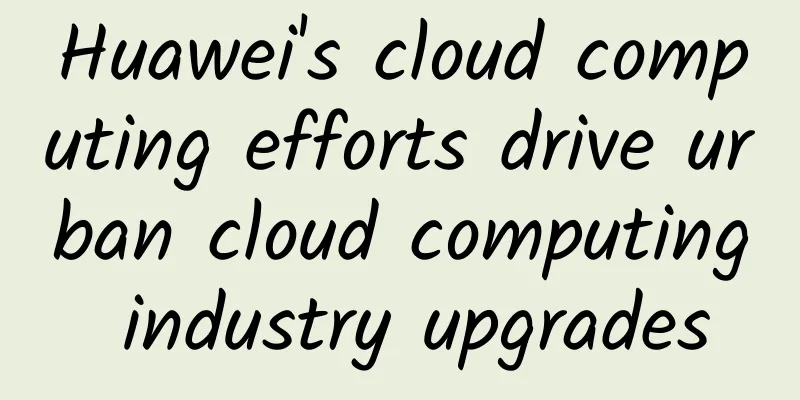
|
[51CTO.com original article] Entering 2017, the reporter clearly felt that the development of cloud services has become an important track for cities to compete with each other. From the government affairs field to many public utilities such as public security, energy, water, electricity, coal, etc. that are related to the national economy and people's livelihood, they are "cloud-based". More and more cities "use cloud as the norm, and not using cloud as the exception". However, the entry threshold of this trillion-dollar gold mine is not low. It is far from enough to simply bring value to customers. It is also necessary to provide services to customers in many aspects such as urban development planning, energy efficiency improvement, future expansion, and in-depth exploration of industry needs. In this regard, Huawei's performance is very eye-catching. It has started to build a cloud industry ecosystem with many partners many years ago. Their solutions not only meet the needs of urban industrial transformation and upgrading, but also help cities achieve leapfrog development. Manufacturers with such a pattern may be what urban planners want most. Recently, the reporter attended the Huawei Suzhou Cloud Industry Cooperation Summit Forum in Suzhou. This is the second forum after the forum held in Karamay, Xinjiang last year, and the theme of the conference continues - "Cloud gathers industry, digital wins the future". After a year of development, what changes have taken place in China's cloud services? In what direction is the cloud ecosystem evolving? Has Huawei's cloud service strategy been adjusted? The reporter visited many professionals at the venue and recorded many highlights of this forum, hoping to give readers more inspiration and more objective answers.
The phoenix comes to roost when the phoenix trees are lush and green If there is anything that is impressive, it is the guest speeches in the morning of this summit forum. The government leaders from Suzhou, Anhui, Jining, Shandong, Daqing, Heilongjiang, Luzhou, Sichuan, Qianxinan, Guizhou, and Yongzhou, Hunan spoke quite pragmatically. They all started with their respective geographical advantages and talked about the development plan of the urban cloud industry. Most of the ending remarks of their speeches fell on the same point - the government has built a platform and expects more companies to join in and jointly support the accelerated development of new formats and new economies. To paraphrase Shao Yu, deputy mayor of Suzhou Municipal People's Government, it is to hope that "planting phoenix trees will attract golden phoenixes." In fact, Shao Yu's view is very representative. Last year, Karamay Mayor Zhang Hongyan expressed a similar view. At that time, she said humorously at the Huawei Cloud Industry Summit Forum: Huawei is here, other companies should come too! In fact, Huawei's brand influence has indeed played a significant role. At this Suzhou Summit Forum, the Suzhou Municipal Government and 9 high-tech enterprises signed strategic cooperation agreements.
Huawei's senior vice president Peng Zhongyang said that Huawei hopes to work closely with local governments and ecological partners to jointly expand the cloud computing and big data industry and help Suzhou and other cities achieve leapfrog development. In the past few years, Huawei has built a nationwide cloud service network, built more than 30 cloud service nodes across the country, and formed cooperation with more than 200 cities and more than 500 corporate partners, hoping to jointly promote the implementation of the cloud computing and big data industry and help cities meet the needs of industrial transformation and upgrading. Three directions and one focus Yang Ruikai, president of Huawei's Enterprise Cloud Business Unit, told reporters that Huawei's cloud services are focused on three directions. One very important direction is to build a government cloud around government customers, and based on this, build cloud services with urban development as the core; the second direction is to focus on large enterprises such as central enterprises and state-owned enterprises; the third direction is the small and medium-sized enterprise group. Yang Ruikai explained that in fact, these three directions are also in line with the natural development law of the cloud computing industry. Small and medium-sized enterprises are often the first to accept cloud services and grow rapidly, so cloud computing companies and cloud service providers with Internet backgrounds develop relatively quickly. Then, as industries, enterprises and governments deeply apply cloud services, a larger market is unlocked - a cloud service market with government cloud as the core and government services as the main body. This field is also an important business direction for Huawei in the cloud.
As mentioned at the beginning of the article, the urban industry cloud market is big but the competition is fierce. It is not easy to gain customer recognition. Huawei's competitive advantage lies in "accumulating strength for a breakthrough". Yang Ruikai believes that the final choice of customers depends on the manufacturer's ability, quality and satisfaction in serving customers. In this regard, Huawei's understanding of software and hardware, understanding of the needs of large enterprise customers, accumulation of its own R&D capabilities, and long-term organizational platform capabilities enable Huawei to better serve customers. It is understood that Huawei has now built a service system covering China and even the world. The Chinese region has a deep service system covering every city, which is very attractive to urban industry cloud customers. Use good reputation to print cloud business cards At this summit forum, Huawei also launched four joint solutions with cloud ecosystem partners: meteorological cloud, smart medical cloud, environmental protection cloud and industrial IoT cloud. These solutions promote the implementation of cloud computing in cities, accelerate the digital transformation of traditional industries, and ultimately help cities achieve leapfrog development.
More than 300 Huawei ecosystem partners attended the summit, and the 1,400-plus attendees made it the largest conference in Suzhou's history. The organizers still hope to provide a larger space and platform to showcase ecosystem partners' product introductions and customer service capabilities. Objectively speaking, it's rare to see a manufacturer that considers the real situation of ecosystem partners. In the eyes of the reporter, the cooperation model between Huawei and its cloud ecosystem partners is indeed very appealing to cloud industry customers. As we all know, China's cloud industry is so large that it cannot be monopolized by one manufacturer. Therefore, Huawei has wisely chosen the path of win-win cooperation, providing cloud infrastructure services, building a lightweight P-layer platform, aggregating partners, combining Huawei's technical strength with the industry development capabilities of its partners, allowing customers to enjoy the rich experience brought by cloud solutions, and letting good word of mouth print better and more cloud business cards. After an interview, the reporter found that the growth of China's cloud industry is very similar to that of tropical rainforests. As we all know, tropical rainforests are the most species-rich areas in the world. The most important reason why tropical rainforests can give birth to the most complex ecosystem on the earth is that the temperature is suitable and the water is abundant. These two factors make the tropical rainforest grow rich plants, so that herbivores and carnivores can each find their place and form a stable ecological chain. The same is true for China's cloud industry. Cloud vendors and cloud ecosystem partners like Huawei provide a lot of prerequisites for the implementation of urban industrial clouds. When traditional medical, transportation, environmental protection, finance and other industries collide with the cloud and produce a huge chemical reaction, one by one medical cloud, meteorological cloud, and environmental protection cloud stand out. On the one hand, the new cloud model provides a more efficient and convenient application environment for infrastructure. On the other hand, there are more and more urban industries after cloudification, which also makes the entire city have a smarter brain and provide better services for residents' food, clothing, housing and transportation. Through this Cloud Industry Cooperation Summit Forum, reporters saw that China's urban cloud industry ecosystem is about to emerge. Huawei and its cloud ecosystem partners are providing the most suitable temperature and the most sufficient water. There is no doubt that the urban cloud industry soil will give birth to more and more rich industrial cloud applications, and the future is worth looking forward to. [51CTO original article, please indicate the original author and source as 51CTO.com when reprinting on partner sites] |
>>: Warning to enterprises: Actively deploy IPv6
Recommend
FDCservers: XEN in Hong Kong/Japan/Singapore and other data centers, monthly payment starts from $1.98
The tribe has shared information about FDCservers...
RAKsmart: San Jose servers start at $46/month, 1GB unlimited data servers start at $199/month
RAKsmart's discounts continue this month. In ...
One chart to understand: IPv6 from "access" to "open to traffic"
Introduction In layman's terms, IPv6 is the s...
Real-time communication technology battle
[[395758]] This article is reprinted from the WeC...
In-depth analysis of computer networks and operating systems: essential knowledge analysis for interviews
Computer Network What is TCP congestion control? ...
Disaster recovery for edge computing
Not long ago, Pacific Gas and Electric (PG&E)...
Understand computer networks from a different perspective and build a knowledge framework for computer networks
The so-called change of perspective is to start f...
How 5G, edge computing, and IoT can modernize traditional enterprises
Over the past two years, the global pandemic and ...
DesiVPS: $15/year-1GB/15G NVMe/1.5TB@10Gbps/San Jose data center
DesiVPS continues the Black Friday promotion in D...
Key Points in CCIE Exam - MPLS VPN Technology
MPLS VPN technology is a key point in the CCIE ex...
The first IPv6 Technology Application Innovation Competition Shandong Division was launched in Liaocheng
On October 28, the Shandong Division of the First...
CloudCone: Los Angeles CN2 GIA line server 15-100M unlimited traffic starting from $82/month
I have shared information about CloudCone many ti...
How is the world's largest OpenRAN operator doing?
On February 14, Japanese operator Rakuten Mobile ...
In-depth study of principles - TCP long connection and heartbeat keep alive
Preface Many Java programmers may only have a thr...


